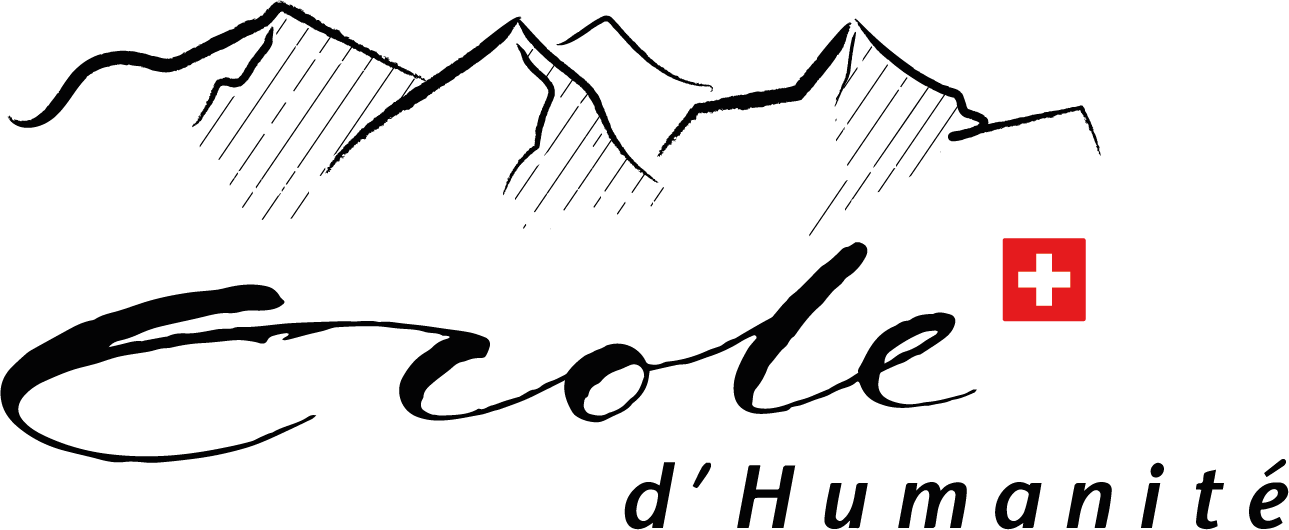What is Fasnacht and how do we celebrate it at the Ecole?
Fasnacht is a celebration like no other - it’s a topsy-turvy time when the normally conscientious Swiss let rules fall by the wayside, and merriment and mischief reign!
Fasnacht is the Swiss version of Carnival, traditionally the last hurrah before the austerity of the Lenten season. Celebrated primarily in German-speaking areas of Switzerland, Fasnacht has many variations across Switzerland.
Basel’s Fasnacht is, without question, the most famous iteration of the fete, and is ranked amongst the top festivals in Europe. It was recognized by UNESCO on its Representative List of the Intangible Cultural Heritage of Humanity.
Fasnacht at the Ecole
Here at the Ecole, we join in the festivities and celebrate Fasnacht in our own way!
Every year one Ecole Family plans the celebration for months ahead – in secret! Fasnacht begins with fantastically decorated breakfast tables and the announcement of the theme – which this year was Metamorphosis. Costumes are created almost on the fly, as are skits which are then performed by each Ecole Family. The day’s activities include processions, singing, skits, performances, and a well-loved session of roasting - at which neither students nor teachers are spared! It all ends with a fabulous dance party. It’s a time-honored way for us to welcome spring, strengthen our bonds as a community, and just have fun.
We invite you to watch our student videographer Noah’s short video for a taste of this Ecole tradition.
Of course, at the Ecole, we put our own spin on Fasnacht. But what is the history behind this tradition, and how is it celebrated throughout Switzerland?
The history of Fasnacht
Basler Fasnacht is the best known of the Swiss carnival celebrations and is the largest Protestant carnival in the world. The celebration is documented back to at least 1376, but the roots of this tradition undoubtedly extend well beyond our records.
The Origins of Fasnacht may lie in ancient Celtic and Germanic rites relating to the veneration of the dead, and the marking of the end of the winter season. With the rise of Christianity in Europe, Celtic and Germanic celebrations were folded into the Christian calendar, and ancient end-of-winter rites became part of the Lenten season.
As history progressed, newer cultural practices shaped these ancient traditions, creating what we know today as Fasnacht. In the Middle Ages, Fasnacht was influenced by jousting, military assemblies, and parades organized by the city’s guilds.
During the Reformation, merrymaking and most celebrations were progressively restricted. Fasnacht developed as a response to the constrictions of the times, a sort of sanctioned protest or resistance to the authority of the church.
In the 19th Century, Fasnacht took on its political flavor, becoming an outlet for political satire.
How is Fasnacht celebrated in Basel?
Fasnacht in Basel is feted over three intense, loud, joyful, and chaotic days. From morning to night (and night to morning!) costume revelers bring the streets to life with music, parades, performances, and lots of fun. The city’s restaurants and bars stay open round the clock during the event.
On the Monday after Ash Wednesday at 4:00 AM sharp, the fun begins. The city center is transformed, illuminated by a sea of hand-painted lanterns. Thousands of costumed pipers and drummers gather, bringing music and levity to the dark city streets. After the fourth peal of the church bells, the city lights go out, and the piccolos and drums fill the air with sound. A traditional marching tune is played, reserved especially for this day, and the pipers and drummers march through the streets cheered on by spectators from around the world.
Parades continue from the Monday through the Wednesday after Ash Wednesday with costumes, music, horse-drawn carriages, and of course pipers and drummers!
Elaborately designed lanterns are displayed on the Münsterplatz, some designed by local artists, some by regular folks.
On Tuesday, it’s the children's turn to celebrate with Kinderfasnacht. Dressed in fanciful costumes, children and their parents parade through the city playing music and banging drums. They come bearing gifts - sweets, and confetti - while they distribute satirical and witty pamphlets made by themselves.
Next, come the brass bands. Trumpets, trombones, tubas, cymbals, and kettle drums reverberate through the city!
Satirical rhyming songs are performed by singers who comment on political and social events of the last year. The singers perform at restaurants and theaters around the city, bringing wit, satire, and some cheeky malice to their commentary on the previous year’s most important news events.
Fasnacht Luzern
Lucern’s Fasnacht begins before dawn on the Thursday before Ash Wednesday. The city is awoken by a uniform gun salute and a cacophony of brass bands playing joyfully out of tune. People wearing creative and zany costumes fill the streets and join in parades attracting tens of thousands of people.
Fasnacht Solothurn
Also beginning with a bang on the Dirty Thursday, Fasnacht in Solothurn is begun by brass and drums. Revelers dressed in nightshirts and nightcaps fill the streets, with music, and satirical comedy. Masked balls are held in the evening. To close the festivities, a straw man or Böörg is burnt marking the end of Fasnacht.
Fasnacht in Bern
The carnival celebrations in Bern come with a twist - a bear! On the morning of Dirty Thursday, the “bear” wakes from his winter sleep below the prison tower. The bear is set free in the city and revelers run through the city seeking shelter (and refreshments!) in the city’s restaurants.
Fasnacht is truly an amazing tradition, rich in history and cultural significance, and a whole lot of fun. We are honored to pay tribute to this tradition at the Ecole, bringing music, satire, and of course confetti to our students from all over the world!

